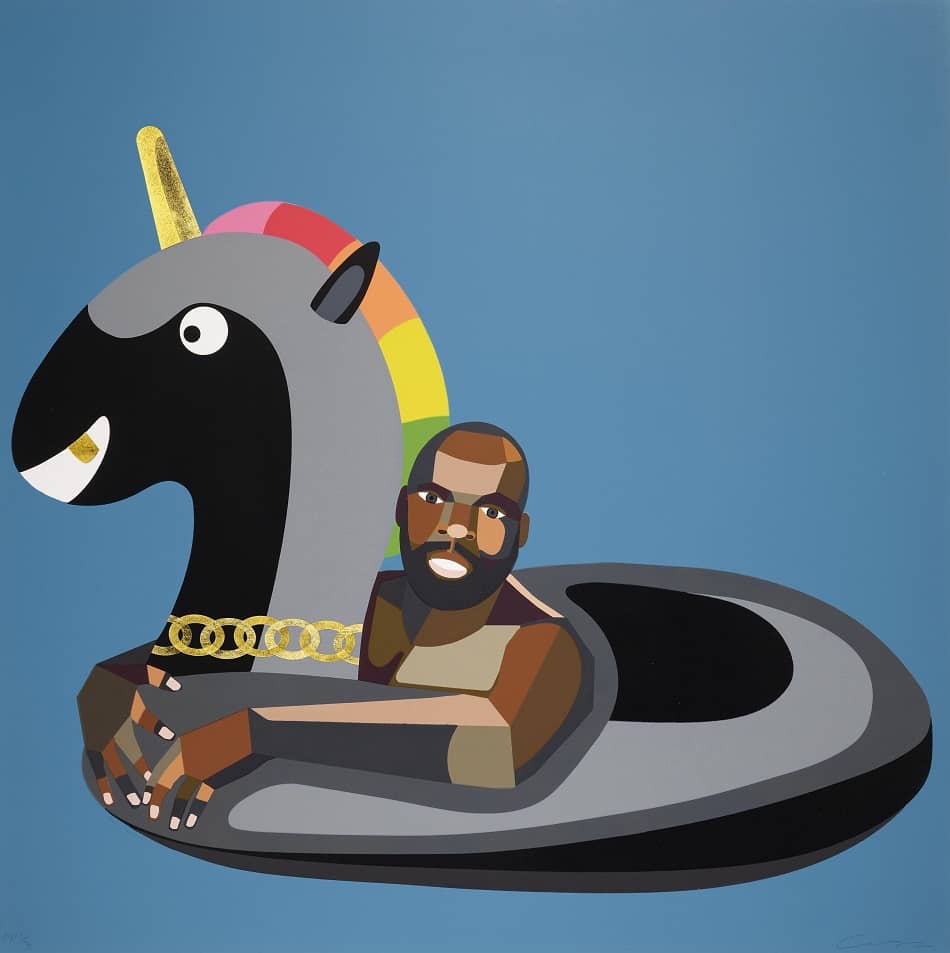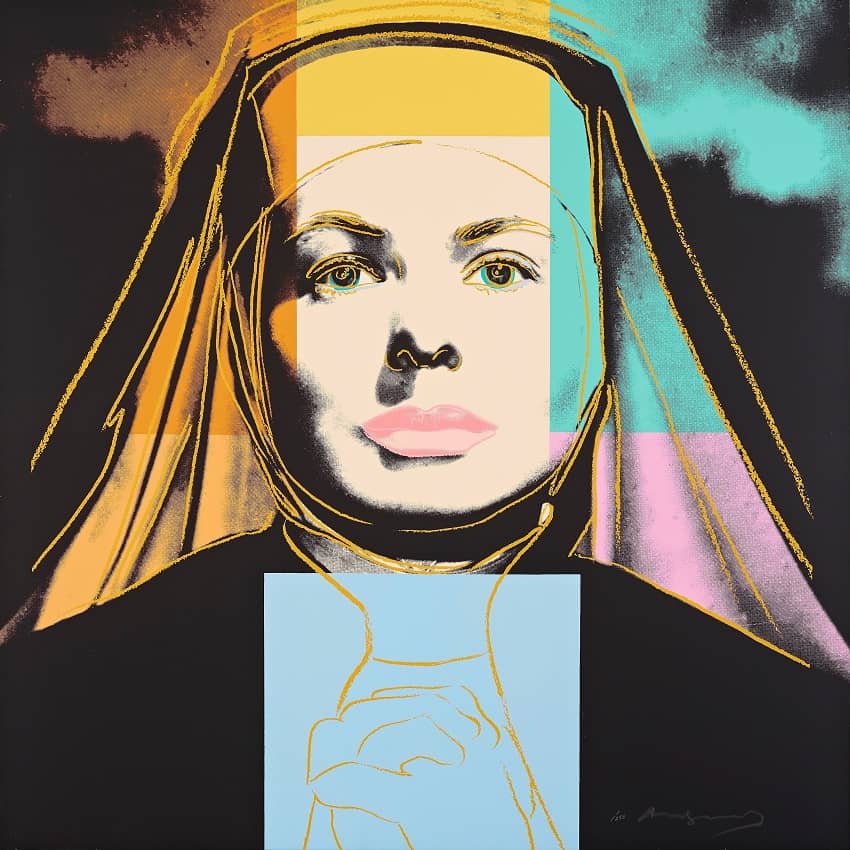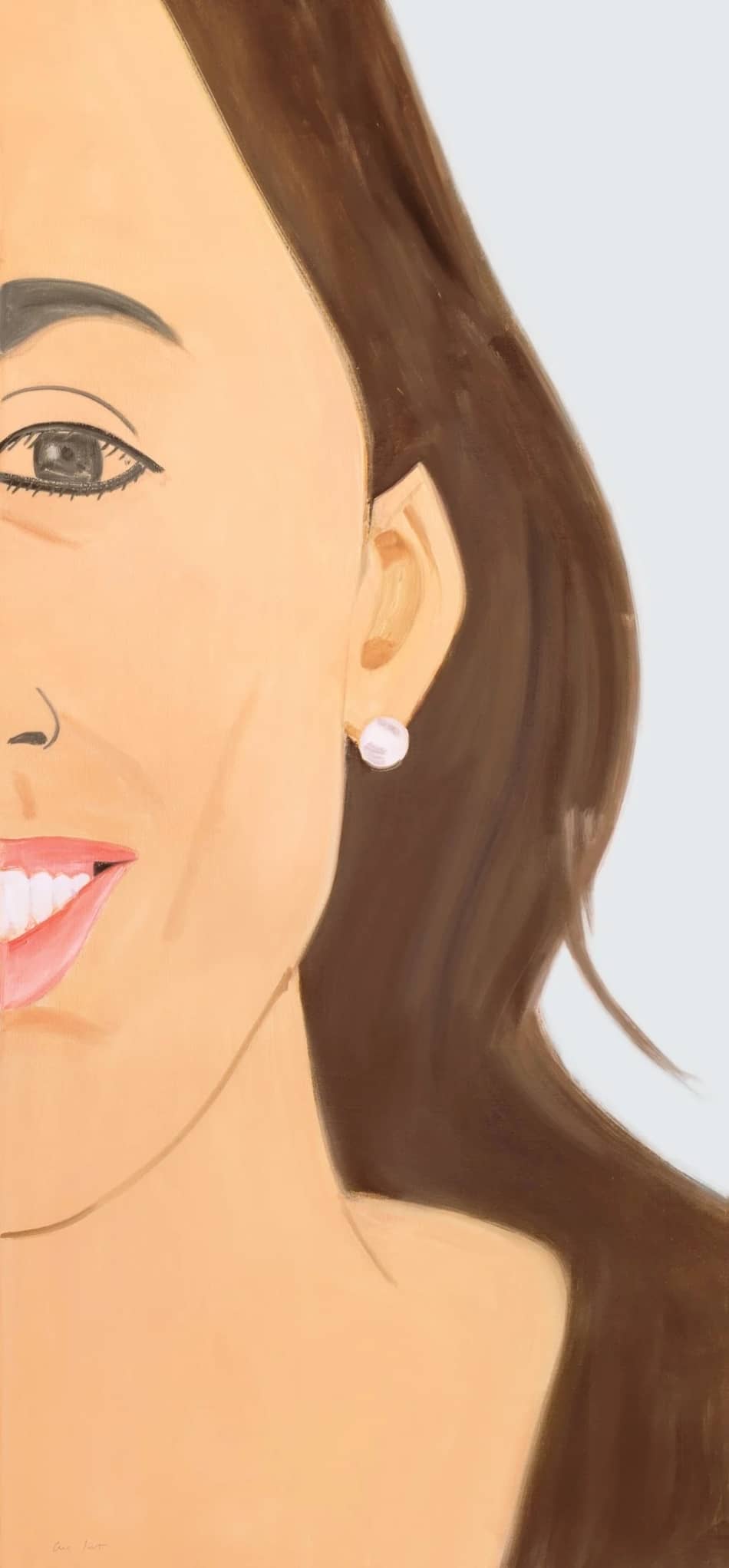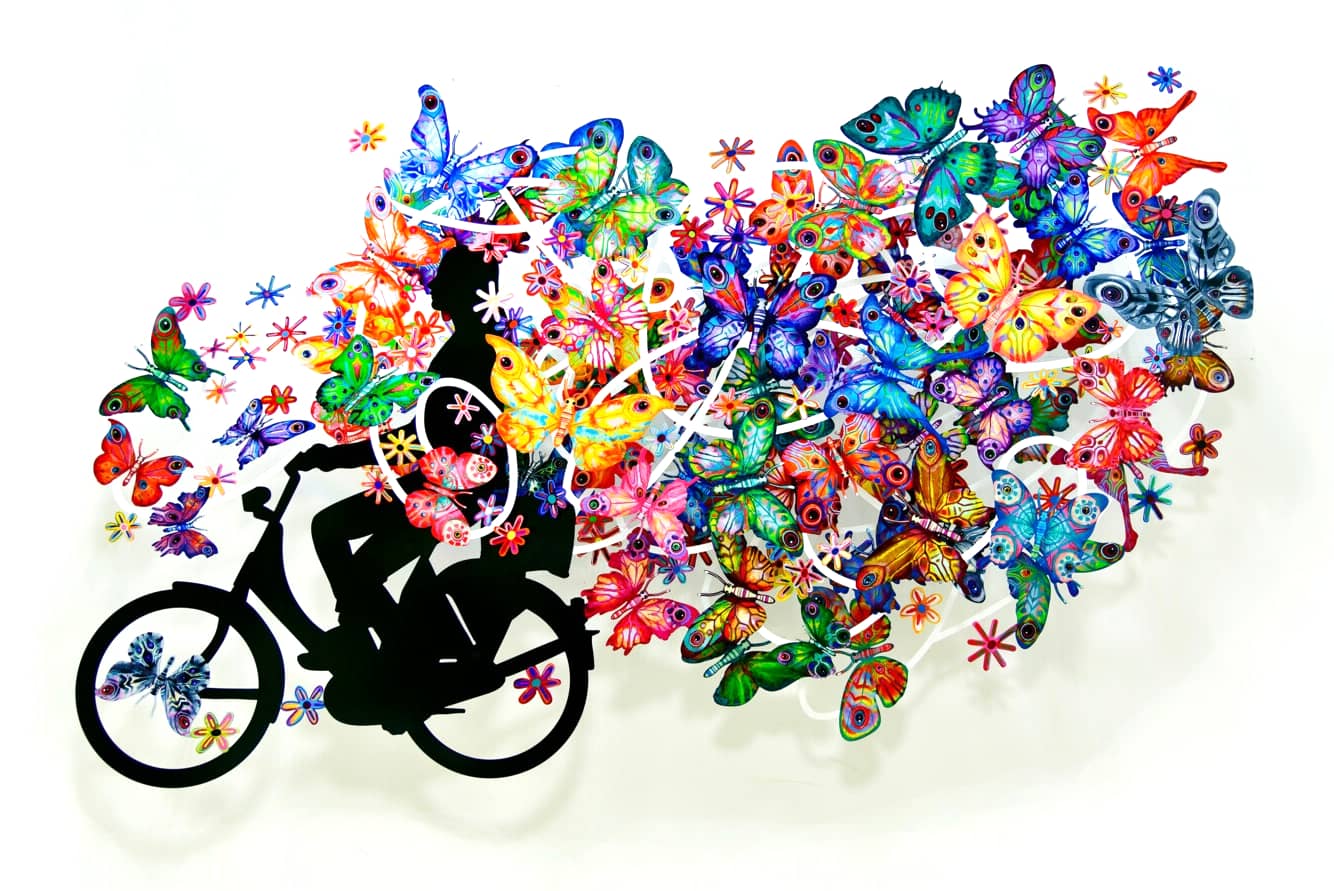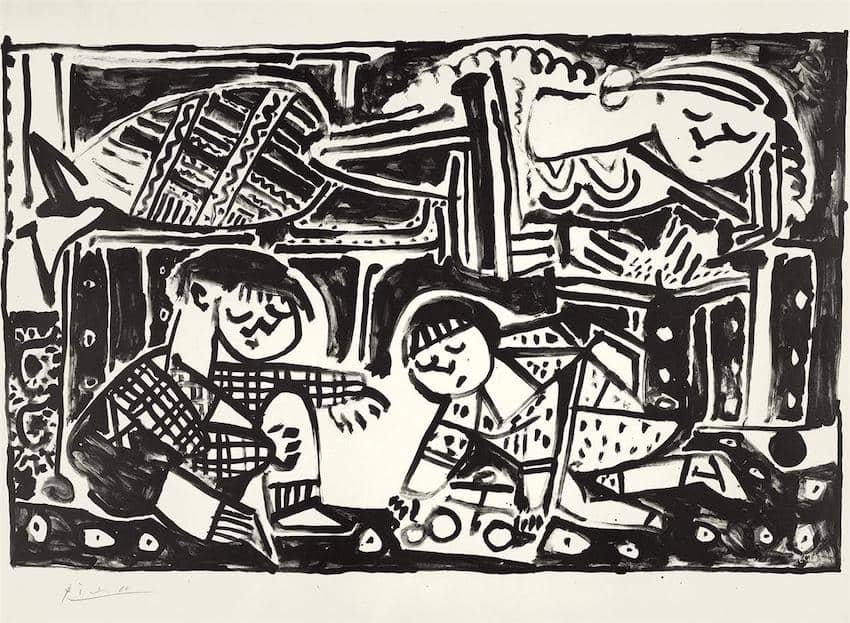
Pablo Picasso La Mère et les Enfants / Lithograph / signed / edition 50
| Year: | 1953 |
| Format: | 75,2 x 48,2 cm / 29.5 x 18.9 inch |
| Material: | Arches Wove Paper |
| Method: | Lithograph |
| Edition: | 50 |
| Other: | handsigned |
Pablo Picasso – La Mère et les Enfants.

| Year: | 1953 |
| Format: | 75,2 x 48,2 cm / 29.5 x 18.9 inch |
| Material: | Arches Wove Paper |
| Method: | Lithograph |
| Edition: | 50 |
| Other: | handsigned |
Pablo Picasso - La Mère et les Enfants.
La Mère et les Enfants is a print by Pablo Picasso from 1953. Picasso, one of the most influential artists of the 20th century, fascinated the world with his boundless creativity and revolutionary approach to art. From his extensive work, one print stands out as a testament to his genius and emotional depth – “La Mère et les Enfants” from 1953.
“La Mère et les Enfants,” translated as “The Mother and the Children,” is a poignant depiction of the deep bond between a mother and her offspring. Picasso’s artistic mastery is evident in the composition, and arrangement that bring the scene to life.
In this print, Picasso depicts a mother sitting on a chair and embracing her children. The figures are depicted in an abstract and stylized manner typical of Picasso’s unique artistic language. The mother’s face has a serene expression that exudes love and tenderness for her children. The children, snuggled close to their mother, radiate security and warmth.
The composition of the print is balanced and harmonious, with the figures occupying a central position. Picasso’s Cubist influence is evident in the fragmentation and recomposition of forms as he explores multiple perspectives simultaneously. This approach reflects Picasso’s ability to transcend traditional artistic conventions, pushing the boundaries of representation and challenging the viewer’s perception.
“La Mère et les Enfants” is a testament to Picasso’s lifelong exploration of the human condition and his ability to convey complex emotions through his art. In this particular work, he celebrates the nurturing and protective nature of motherhood, reminding us of the universal bond that exists between a mother and her children.
As we admire Picasso’s “La Mère et les Enfants,” we are reminded of his artistic brilliance, his tireless experimentation, and his unwavering commitment to capturing the essence of the human experience. Through this print, Picasso immortalizes the timeless and profound connection that exists in the realm of motherhood, inviting us to reflect on the beauty and meaning of this universal relationship.In 1953, Pablo Picasso, the renowned Spanish painter, sculptor, and co-founder of the Cubist movement, was quite prolific in his artistic endeavors.
During the 1950s, Picasso explored various styles and themes in his artwork. He continued to experiment with different techniques and mediums, including painting, drawing, sculpture, ceramics, and printmaking. He often revisited and reinterpreted earlier motifs and subjects from his vast body of work.
One notable series of works from 1953 is his “Women of Algiers” series, inspired by the famous painting by Eugène Delacroix. Picasso created multiple variations of this theme, depicting female figures in a fragmented and abstracted style. The series was a significant exploration of color, form, and composition.
Additionally, Picasso’s art during this period reflected his personal life experiences and emotions. In 1953, he was going through a difficult period following the death of his close friend and art critic, Christian Zervos. These personal circumstances influenced his art, resulting in introspective and contemplative works.
It’s important to note that Picasso was incredibly prolific throughout his career, producing thousands of artworks. Therefore, it’s impossible to provide an exhaustive list of everything he created in a specific year. However, the information provided gives you a general idea of Picasso’s artistic endeavors in 1953.
Literature: Bloch 739, Reusse 625, Mourlot 239
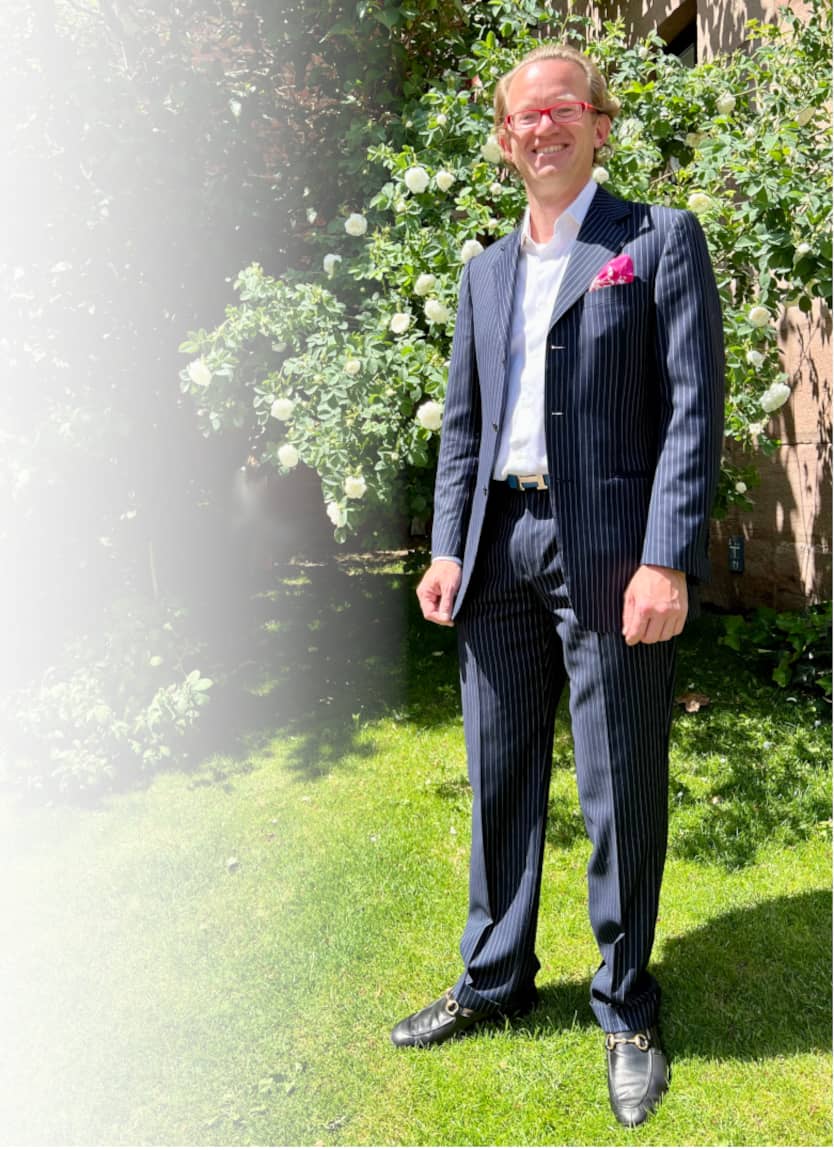


Pablo Picasso, one of the most influential artists of the 20th century, captivated the world with his boundless creativity and revolutionary approach to art. Among his vast body of work, one particular lithograph stands out as a testament to his genius and emotional depth – “La Mère et les Enfants” from 1953.
“La Mère et les Enfants,” translated as “The Mother and the Children,” is a poignant portrayal of the profound bond between a mother and her offspring. Picasso’s artistic mastery is evident in the composition, that bring the scene to life.
In this lithograph, Picasso presents a mother seated on a chair, her arms enfolding her children. The figures are depicted in an abstract and stylized manner, typical of Picasso’s unique artistic language. The mother’s face bears a serene expression, radiating love and tenderness towards her children. The children, nestled close to their mother, exude a sense of security and warmth.
The composition of the painting is balanced and harmonious, with the figures occupying a central position. Picasso’s cubist influence is apparent in the fragmentation and reassembly of the forms, as he explores multiple perspectives simultaneously. This approach reflects Picasso’s ability to transcend traditional artistic conventions, pushing the boundaries of representation and challenging the viewer’s perception.
“La Mère et les Enfants” is a testament to Picasso’s lifelong exploration of the human condition and his ability to convey complex emotions through his art. In this particular work, he celebrates the nurturing and protective nature of motherhood, reminding us of the universal bond that exists between a mother and her children.
As we admire Picasso’s “La Mère et les Enfants,” we are reminded of his artistic brilliance, his relentless experimentation, and his unwavering commitment to capturing the essence of the human experience. Through this lithograph, Picasso immortalizes the timeless and profound connection that exists within the realm of motherhood, inviting us to reflect on the beauty and significance of this universal relationship.
In 1953, Pablo Picasso, the renowned Spanish painter, sculptor, and co-founder of the Cubist movement, was quite prolific in his artistic endeavors.
During the 1950s, Picasso explored various styles and themes in his artwork. He continued to experiment with different techniques and mediums, including painting, drawing, sculpture, ceramics, and printmaking. He often revisited and reinterpreted earlier motifs and subjects from his vast body of work.
One notable series of works from 1953 is his “Women of Algiers” series, inspired by the famous painting by Eugène Delacroix. Picasso created multiple variations of this theme, depicting female figures in a fragmented and abstracted style. The series was a significant exploration of color, form, and composition.
Additionally, Picasso’s art during this period reflected his personal life experiences and emotions. In 1953, he was going through a difficult period following the death of his close friend and art critic, Christian Zervos. These personal circumstances influenced his art, resulting in introspective and contemplative works.
It’s important to note that Picasso was incredibly prolific throughout his career, producing thousands of artworks. Therefore, it’s impossible to provide an exhaustive list of everything he created in a specific year. However, the information provided gives you a general idea of Picasso’s artistic endeavors in 1953.
Year: 1953
Format: 75,2 x 48,2 cm / 29.5 x 18.9 inch
Material:Arches Wove Paper
Method:Lithograph
Edition:50
Other:handsigned


